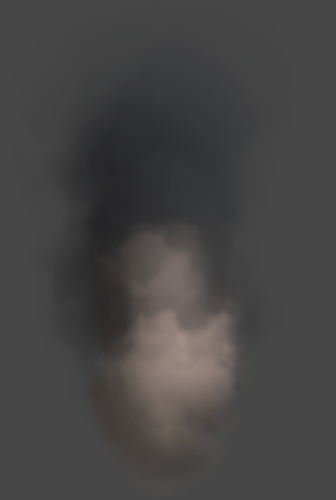i used Fresnel here
the foam/brightness edges on the waterfall is controlled by Fresnel so that darker blue is in the middle.
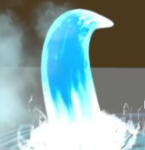
also the noise only exists on edges or portions of the waterfall where I wanted to break the solid shape feel… i guess you could think of it as fake sub surface scattering to give the water the refraction light feel
mat caps I used a few times on smoke to apply a gradient that always faces cam. here is a quick dirty version on billboards
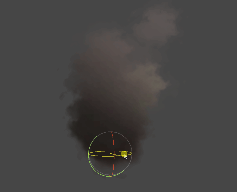
uses these two textures * noise distortion
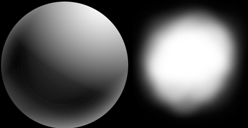
when I use Fresnel and with normal faking I get more like this
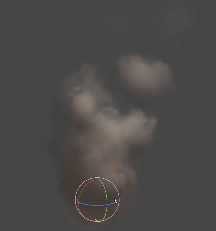
without a stencil pass (can’t do that i shadergraph as far as I know) shapes clip, but a billboard won’t have that issue as long as it has a normals calc to make a billboard act like it is rounded.
when I need fake volumetric on a mobile game and still retain rotation i’d use matcap, also for mesh based energy or magic I would do this because it’d be hard pressed to use more advanced AAA lighting techniques and shader tricks
edit: hehe … now im playing around, this is 20 vs 12 spheres so it keeps the overdraw lowish

